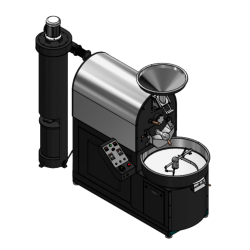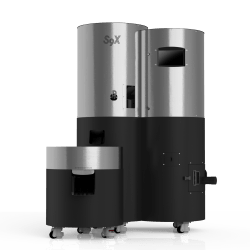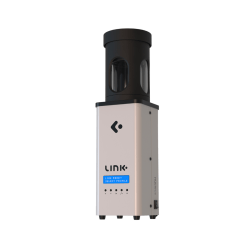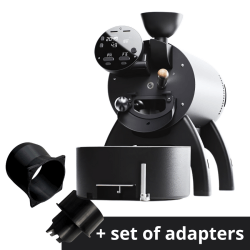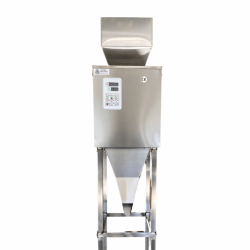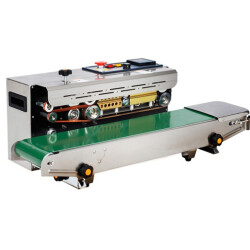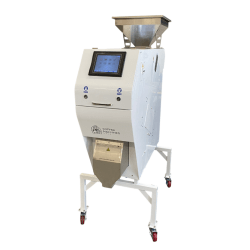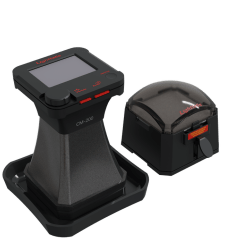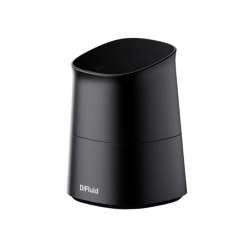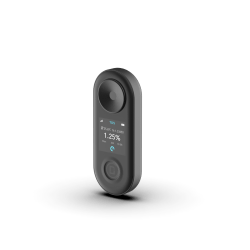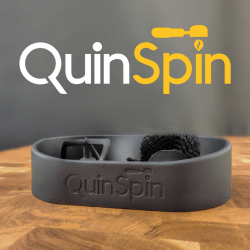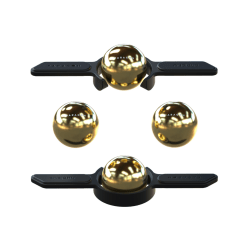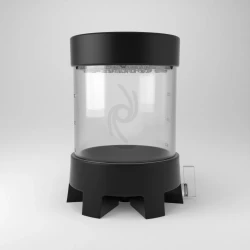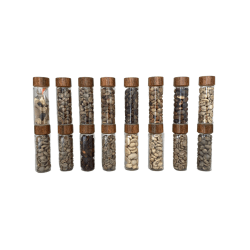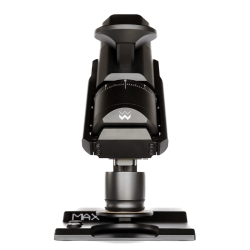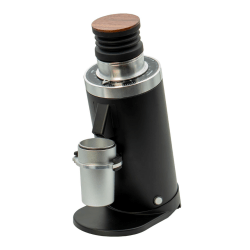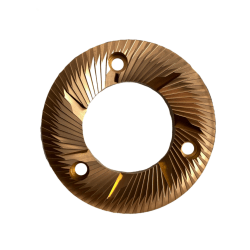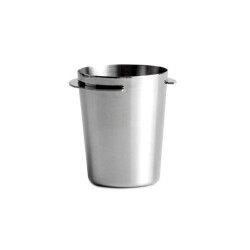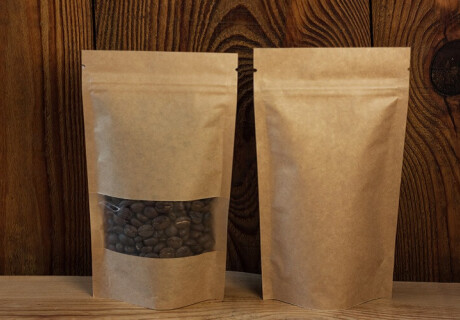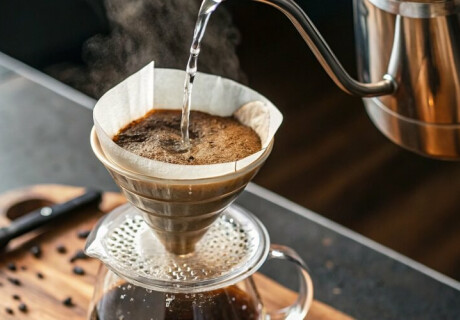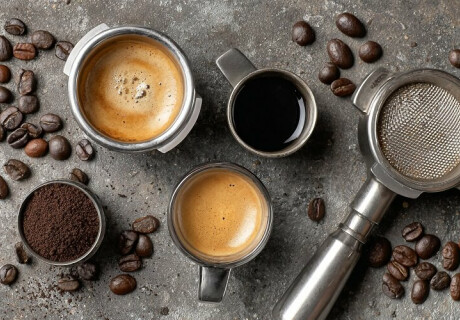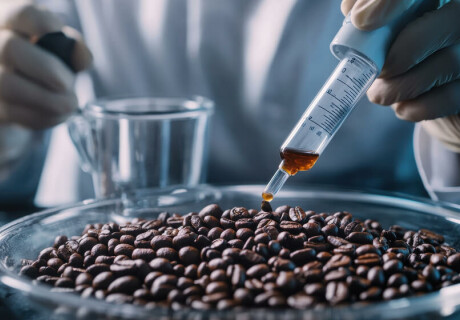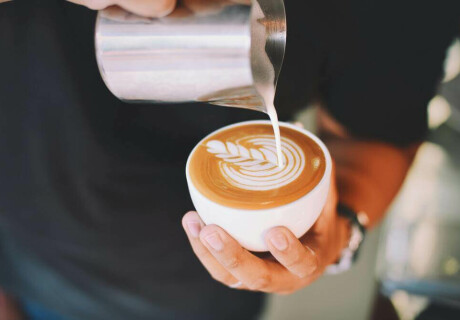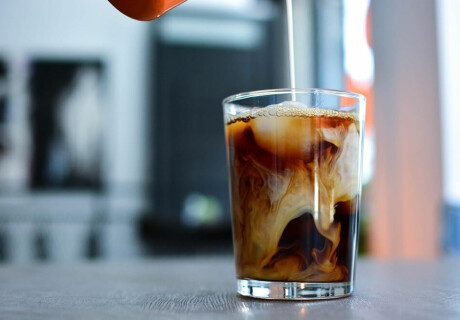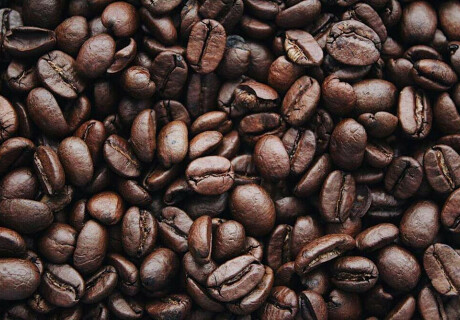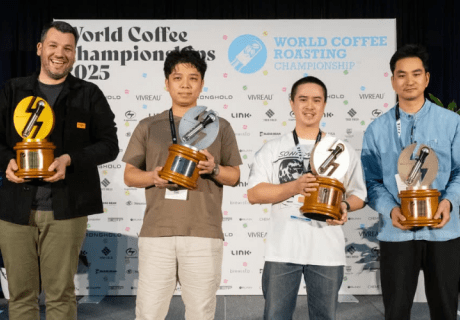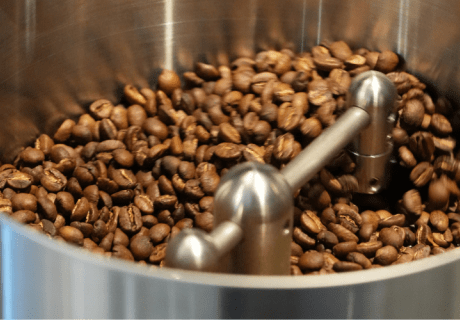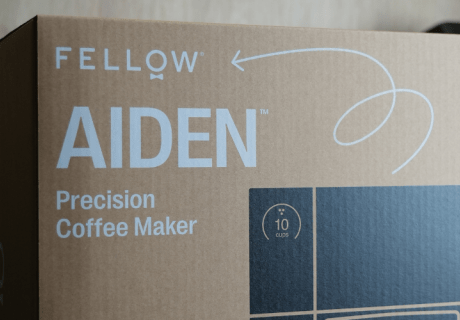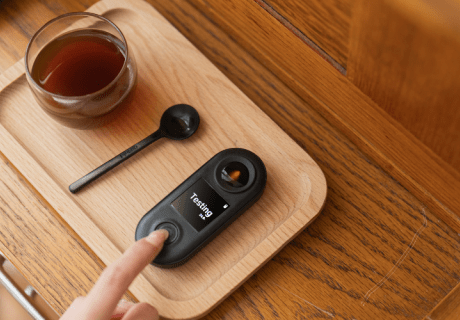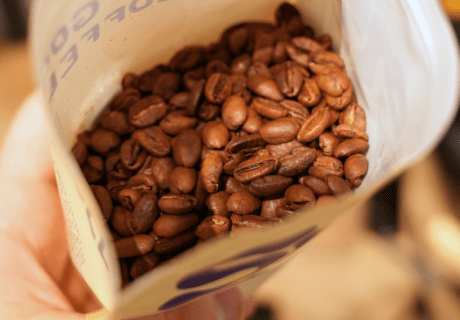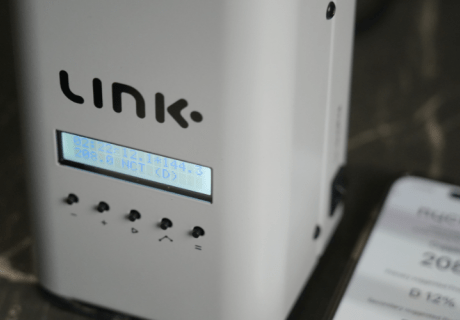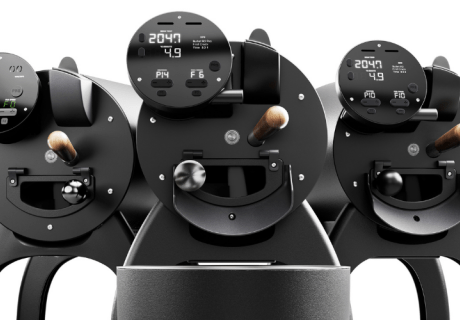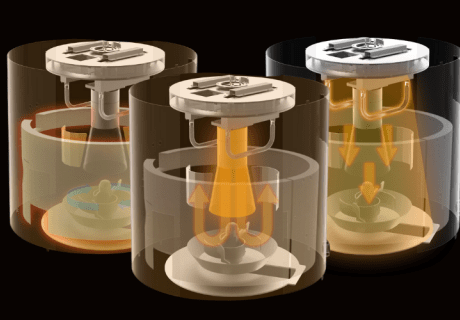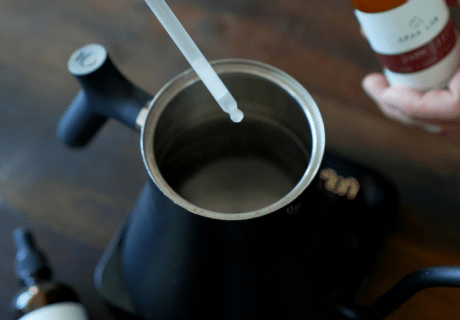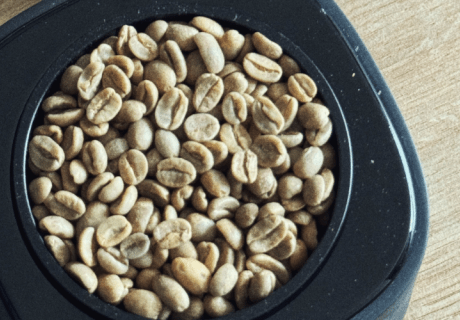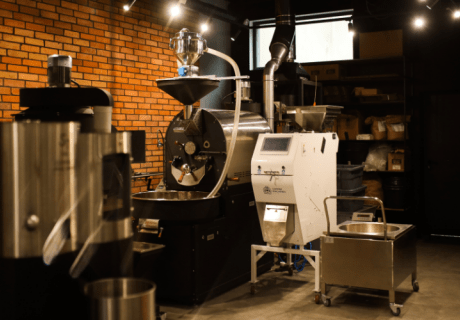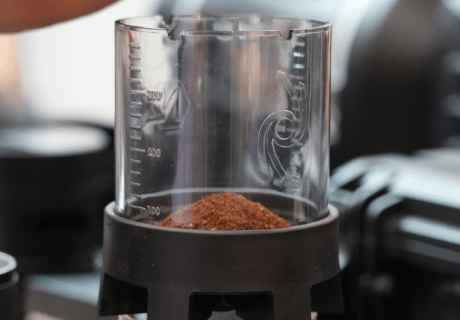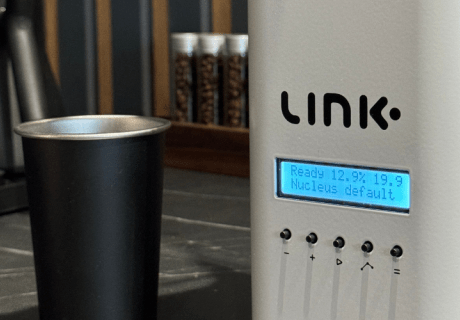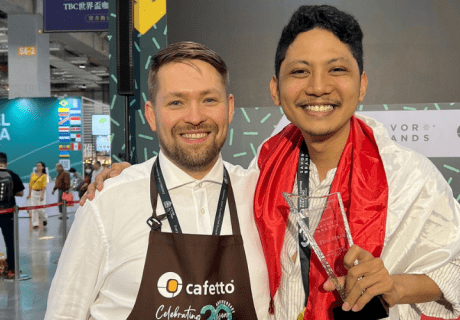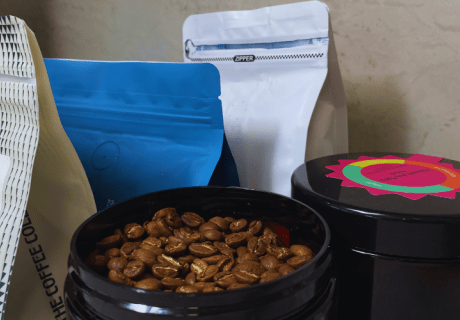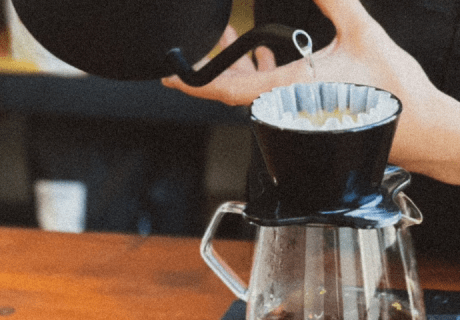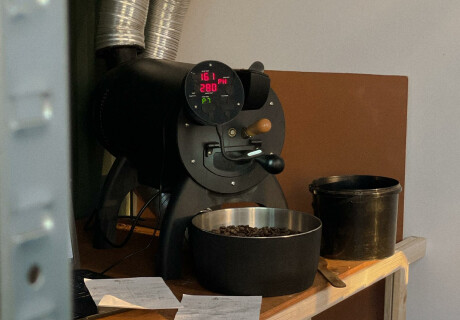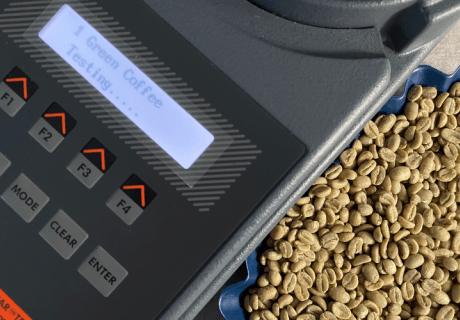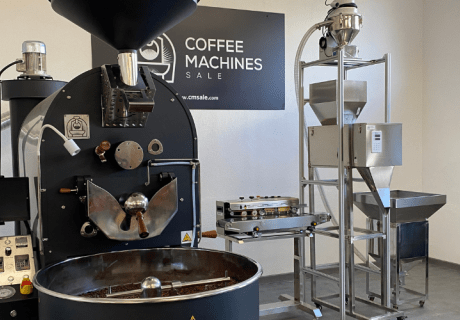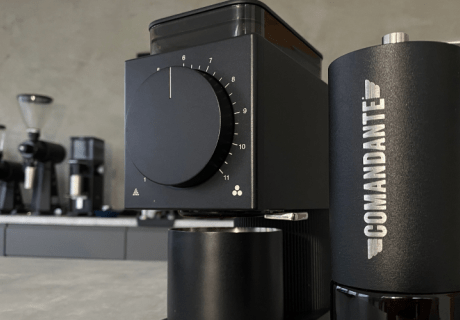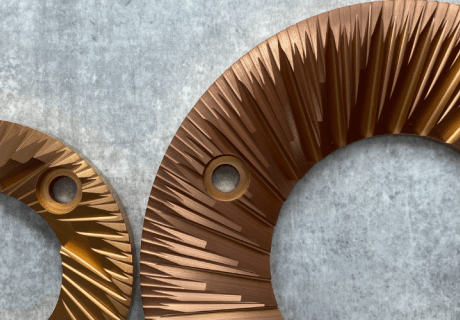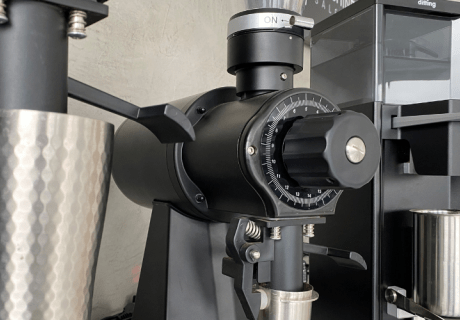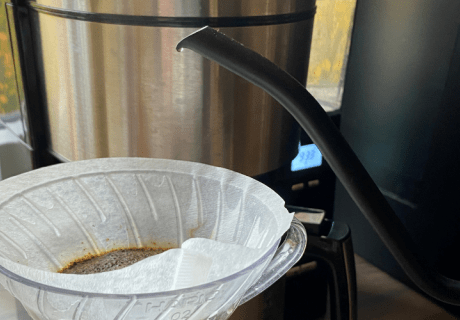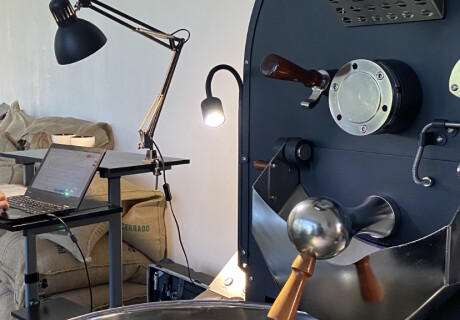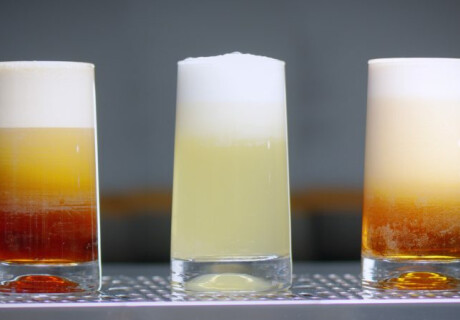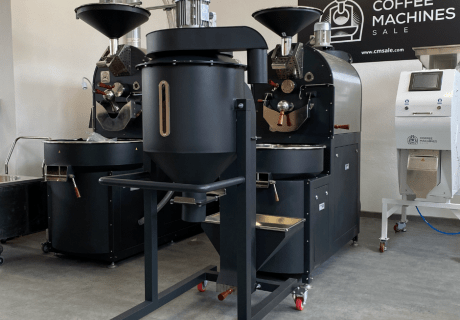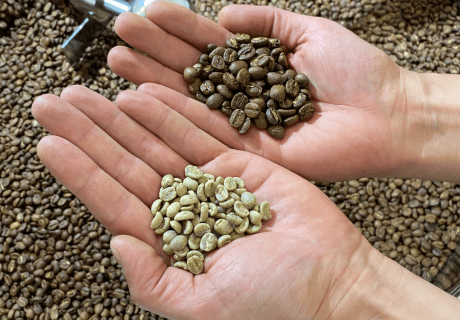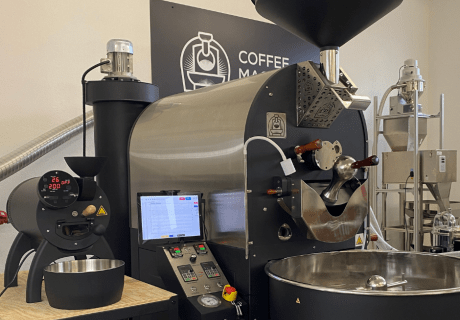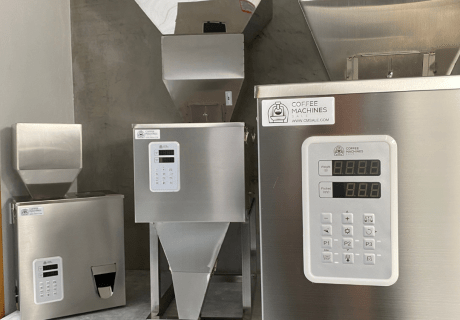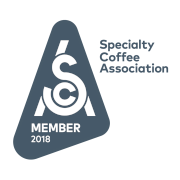A Beginner's Guide to Coffee Brewing Methods & Needed Equipment: From Pour Over to Espresso
Are you a coffee lover looking to explore different brewing methods? Welcome to our beginner's guide, where we'll help you make your perfect cup, whether it's a smooth pour over or a strong espresso. Learn about the equipment, techniques, and tips to start your coffee brewing journey. Let's discover how to make great coffee at home!
Understanding the Basics of Coffee Brewing
Coffee brewing is the art and science of extracting the rich flavors and aromatic compounds from ground coffee beans. For beginners venturing into the world of coffee, understanding the basics of coffee brewing methods is fundamental to crafting the perfect cup. The brewing process starts with your choice of coffee, the grind size, water temperature, and brewing time—each of which plays an important role in determining the taste and quality of your brew. A fine grind is typically used for espresso, while a coarse grind suits the French press. The temperature of the water should be between 90°C to 96°C to guarantee optimal extraction without scalding the coffee.
There are several coffee brewing methods to consider. The pour-over method is celebrated for its clarity and brightness, while the French press provides a full-bodied and robust flavor. Espresso machines deliver a concentrated shot of caffeine that is rich and intense. Other methods like AeroPress, drip brewing, and cold brew offer their own distinct characteristics. This comprehensive brewing guide will help you explore these methods, understand the equipment needed, and give you the confidence to experiment with each to find your perfect cup. With the right knowledge and tools, anyone can become a coffee connoisseur, enjoying the diverse and delightful world of coffee brewing.
Exploring Pour Over Techniques
This technique involves manually pouring hot water over coffee grounds through a filter, allowing for exceptional control over the brewing process. To get started, you'll need basic equipment like a pour over dripper, a filter, a gooseneck kettle, a scale, and freshly ground coffee. The dripper can be made from ceramic, glass, or metal, each affecting taste and heat retention. The gooseneck kettle allows precise water flow and temperature control, ensuring even saturation of the coffee grounds. A scale helps you measure the right coffee-to-water ratio for a balanced cup.
Start by placing the filter in the dripper and rinsing it with hot water to eliminate any paper taste. Add your coffee grounds, typically medium-fine, to the dripper and place it over your mug or carafe. Gently pour hot water, ideally between 90°C and 96°C, in a slow, circular motion, allowing the coffee to bloom and release its aromatic compounds. Continue pouring in stages, letting the water pass through the coffee at a steady pace. This method improves flavor by providing clarity and brightness, offering a clean and crisp cup of coffee. The precision of the pour over technique allows you to experiment with variables like grind size and pour rate, inviting you to continuously refine your brewing skills.
Mastering Espresso Brewing
Brewing espresso involves using specialized equipment to produce a concentrated shot that perfectly balances the delicate flavors and intense aroma of coffee. To begin, you'll need an espresso machine and a high-quality grinder. The espresso machine should have the ability to maintain stable water temperature and pressure, typically around nine bars, which is necessary for optimal extraction. A burr grinder is recommended for its ability to produce a consistent fine grind. With the right equipment in hand, the focus shifts to the art of pulling the perfect espresso shot, a skill that combines precision, timing, and an understanding of your coffee's unique properties.
An important part of brewing espresso is getting the extraction time right, usually between 25 and 30 seconds. Begin by dosing the right amount of coffee grounds, typically 18–20 grams, into the portafilter. Tamp the coffee evenly to ensure uniform extraction, and lock the portafilter into the machine. Start your extraction and watch as the espresso flows in a steady, golden stream. The goal is to produce a shot with a balanced crema, texture, and flavor. Beginners often make mistakes such as using incorrect grind size, uneven tamping, or improper water temperature, leading to either under-extracted or over-extracted shots.
Choosing the Right Equipment for Home Brewing
Starting with the right equipment is essential for exploring different coffee brewing methods. Consider your budget, space, and flavor preferences to find the best fit. A well-thought-out brewing guide helps in making informed decisions on where to invest in quality and durability. If you're drawn to the art of the pour over, a reliable dripper, such as the Hario V60, paired with a gooseneck kettle, can be a worthy investment. These essential tools offer precision and control, leading to a clean and crisp cup. For those who favor the richness of espresso, acquiring a solid espresso machine with stable pressure and a consistent grinder should be your priority.
Space considerations are equally important, especially for compact kitchens. A manual coffee maker like the AeroPress can be a versatile choice, offering portability and requiring minimal space. It's perfect for those who appreciate diverse coffee brewing methods while on the go. A French press requires minimal equipment and provides a full-bodied brew, making it a practical option for those with limited counter space. For each method, a good burr grinder is important to ensure a consistent grind for the best extraction. Whether you prefer a light pour over or a strong espresso, choosing the right equipment improves your home brewing.
Tips for Achieving the Perfect Brew
Achieving the perfect brew requires a blend of art and science, and there are universal tips that can elevate your experience across various coffee brewing methods. First and foremost, start with high-quality coffee beans. The freshness and origin of your beans significantly impact the flavor of your brew, so sourcing freshly roasted beans from a reputable supplier is very important. Whether you prefer a pour over or an espresso, the integrity and quality of the beans set the foundation for your desired taste.
Water quality is another important factor. Since coffee is mostly water, using filtered or bottled water free from impurities will result in a cleaner, more vibrant cup. Consistency in brewing is just as essential. This means maintaining the right water temperature (usually between 90°C and 96°C) and making sure your grind size and brewing time are consistent for your chosen method, whether it’s espresso or pour over. Using a scale to measure coffee and water precisely helps achieve balanced flavors and allows you to recreate your ideal brew.
Experimenting with Advanced Brewing Methods
The siphon is an advanced coffee brewing method that blends art and science for a unique experience. Also known as the vacuum coffee maker, it uses vacuum pressure and immersion to brew, producing a clean and clear cup with complex flavors. It's a favored technique for those who appreciate the delicate chemistry involved in coffee making, as it allows precise control over variables like temperature and brewing time. Mastering the siphon requires patience and practice, but the results are worth the effort, offering a cup that showcases the intricate flavors of your chosen beans.
The AeroPress is a versatile coffee brewing method that can create a concentrated brew like espresso or a smoother, lighter cup like drip coffee. This portable device uses air pressure to push hot water through coffee grounds, reducing acidity and brewing time. It's perfect for experimenting with grind size, water temperature, and brew time. Similarly, cold brew is popular for its creamy, low-acid flavor, achieved by steeping coarsely ground coffee in cold water for 12 to 24 hours. Exploring these methods will expand your coffee journey, offering new flavors and aromas with each brew.

